Yesterday, we had a chance to swim with the Tundra Swans in the icy waters of the north. Since I am still freezing from that little adventure, I figured we would head to the shorelines of Southeast Asia to hang out with the ever so cute Crab-Eating Macaques. The crab-eating macaque is dispersed throughout Southeast Asia, and can usually be found along the water’s edge in a variety of habitats including rain-forests and mangroves.
I know we all picture monkey’s with a banana in hand, however, these particular monkey’s also eat crabs as well as small reptiles, insects, amphibians and the usual fruits and nuts. I am guessing it is this generalist food preference that allows the crab-eating macaque to adapt fairly easily to different environments. In fact this monkey can adapt so easily that they are often referred to as “weed species” since they are capable of invading other areas and disrupting the natural ecosystem. I guess even the cutest animals can be pests.
The crab-eating macaque is a very sociable animal and usually lives in troops of at least one male and approximately three times as many females. Some of these groups can contain as many as 100 macaques with the ratio of females to males still being somewhere around 3:1. Each female in these groups will have one or two little babies following them around.
The physical characteristics of the crab-eating macaque is also fairly interesting. Their tail is usually as long as their entire body which helps with their balance and is like an extra hand. This little monkey also has cheek pouches which they use to store food. I guess these are like the squirrels of Southeast Asia. They are a little bigger than your average squirrel weighing between 7 to 20 pounds (3-9 kg). I think this size will make them the perfect pet. Mother’s day is coming soon and I know my mom would appreciate getting a little monkey. Don’t tell her about my planned gift as this will definitely be better as a surprise.
I am all macaqued out for today so I will chat with you all later. Have a great night.

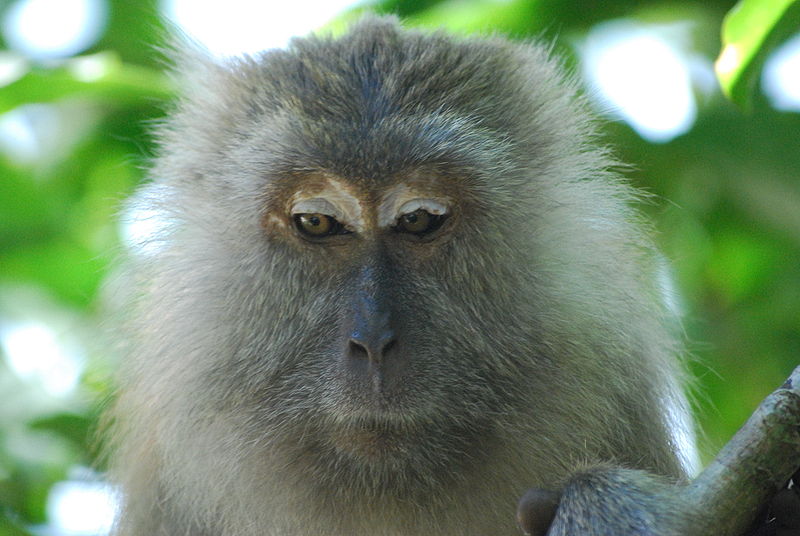
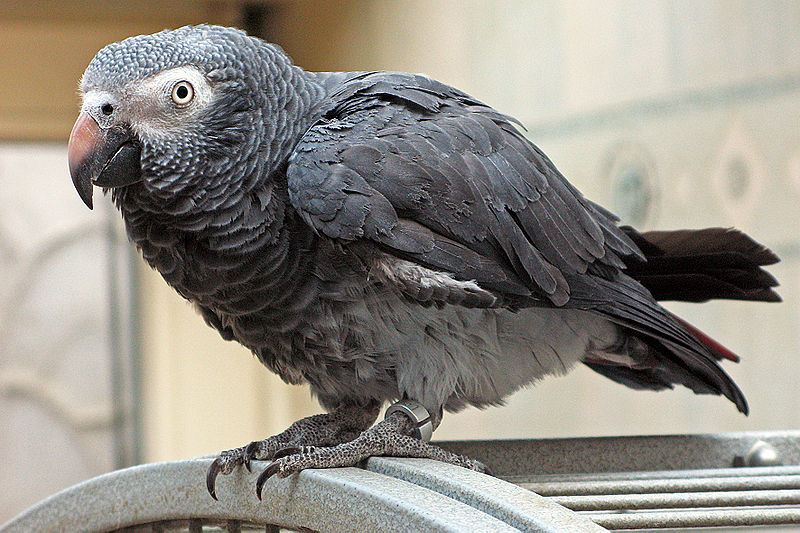
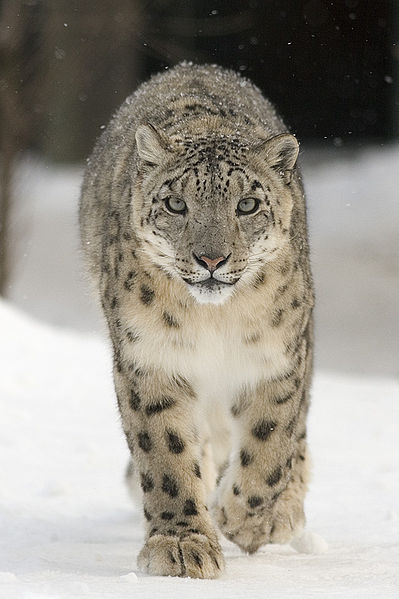
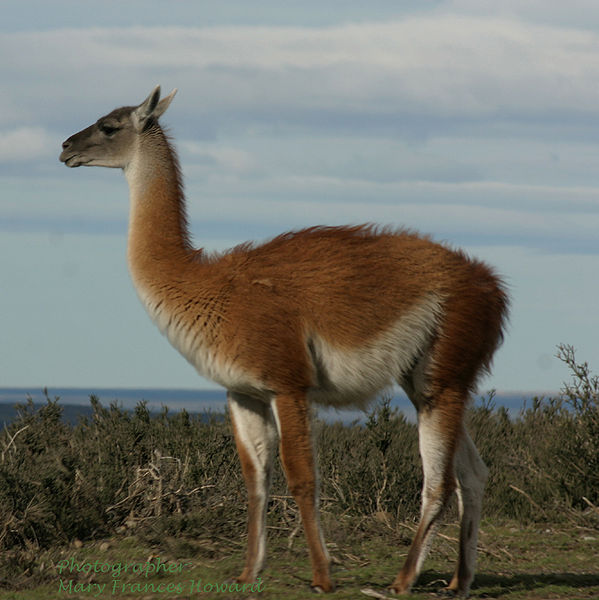
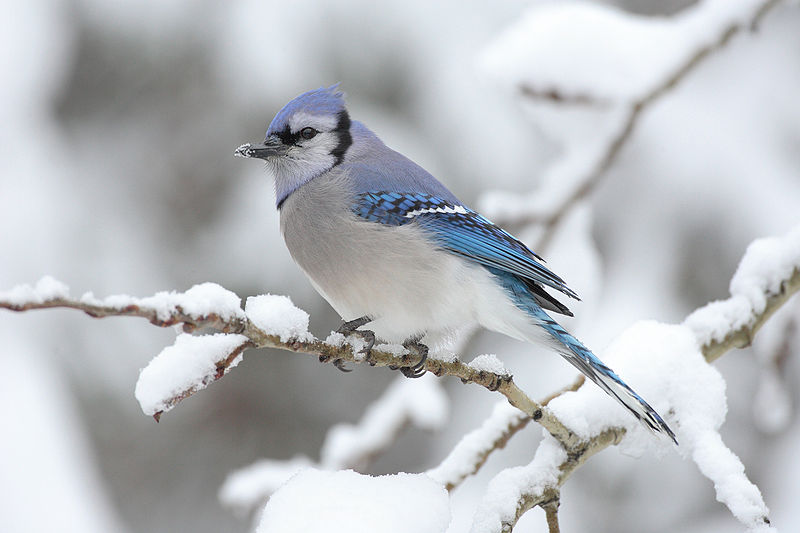
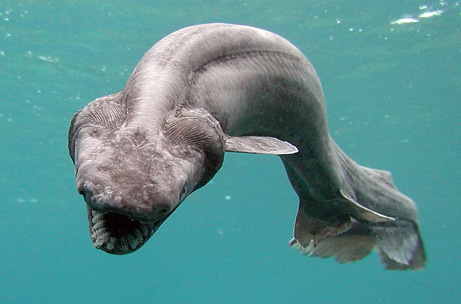
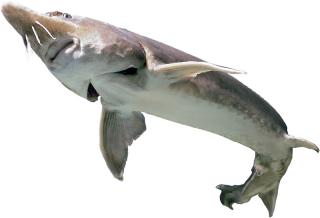
I can’t wait for May (Dad definitely won’t want one) but I would love one. I’ll act surprised (LOL). 🙂
hahaha! Dad will have to suck it up since you can’t return a GIFT!
Thanks for acting surprised.
I think your mother would prefer a crab-eating shelter kitty. Just sayin’.
I don’t know about that. She absolutely loves monkey’s so I think I had better stick with the monkey idea.
Thanks for the cat suggestion though.
@Nathan, Ha-ha! You’ve never had a kitty that acted like a monkey, apparently! My human has owned several monkey-cats – I am one of them. We scamper around, get into everything and chatter (of course, it’s usually at the birds outside). I’m so good at using my paws, in fact, that you would swear I had an invisible opposable thumb.
What beautiful eyes!
They are quite stunning, aren’t they?
Hey! Thanks for the interesting post!
Do you know where the 2 out of three males go? Are they forced to leave the group or are females born more often than males?
Sorry the question is late – catching up on my wild facts!
Thanks!
Glad to hear you are catching up on the Daily Wild Facts. Better late than never, right?
The poor males will stay with their mother for a little while, however, once they become independent they head out to find their own troop to run. The female babies will stay with the troop for the rest of her life.